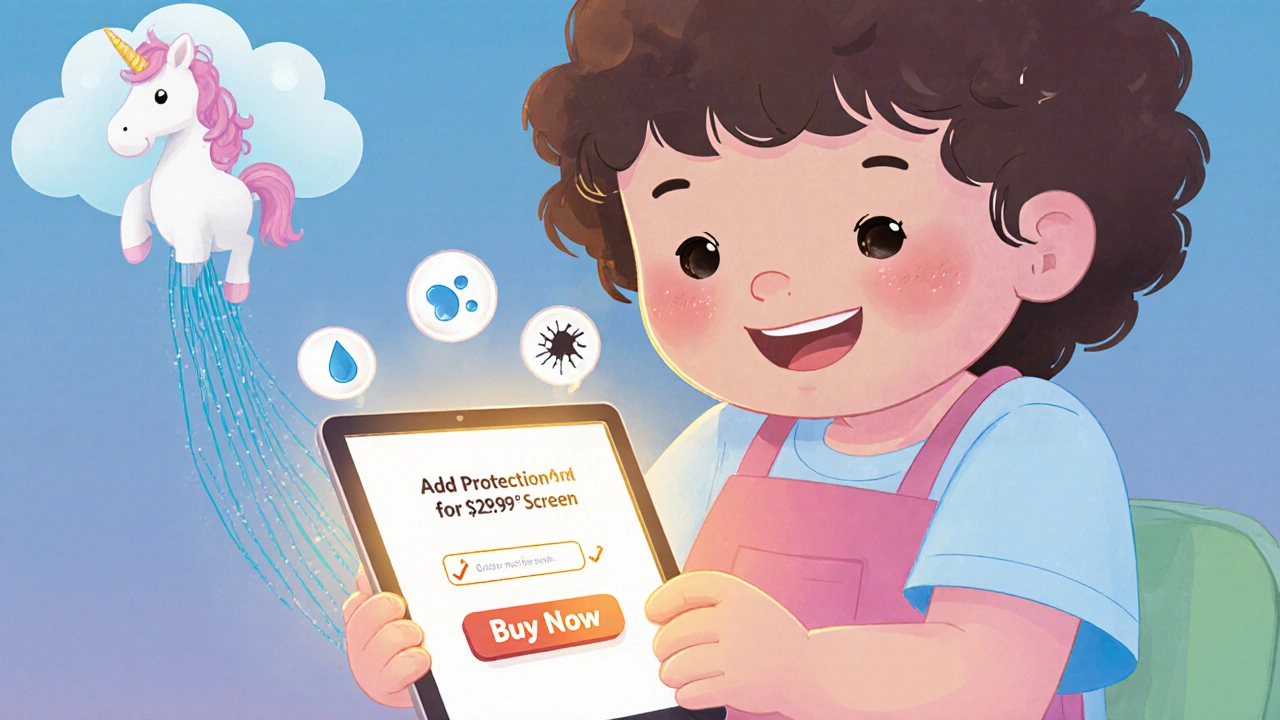Insurance Integration: How Financial Tools Connect to Protect Your Wealth
When you think of insurance integration, the seamless linking of insurance products with digital financial systems to automate protection and reduce gaps in coverage. Also known as embedded insurance, it’s no longer just about buying a policy—you’re now getting automatic coverage when you book a flight, use a credit card, or even harvest crops with a smartphone app. This isn’t science fiction. It’s happening right now in places like Kenya, where farmers get instant payouts when satellite data shows drought, and in the U.S., where your car insurance adjusts based on how you drive—no claims forms needed.
Parametric insurance, a type of coverage that pays out based on predefined triggers like weather events or market swings, not actual losses is one of the biggest drivers behind this shift. It’s faster, cheaper, and harder to cheat. That’s why agri-fintechs use it to give smallholder farmers access to insurance without agents or paperwork. And it’s why fintechs partnering with NGOs now offer digital disaster relief that activates the moment a flood warning hits a region. This isn’t just convenience—it’s survival for millions.
But insurance integration isn’t just for farmers or nonprofits. It’s reshaping how banks, brokers, and even robo-advisors handle risk. When your investment portfolio includes bonds, ETFs, or crypto, insurance integration can automatically hedge against interest rate spikes, currency crashes, or exchange outages. Think of it as an invisible safety net woven into your financial tools. Companies using RegTech, technology that automates compliance and risk monitoring to cut costs and avoid penalties are already doing this—linking their trading systems to real-time insurance triggers to protect against regulatory or market shocks. And it’s working: firms that integrate insurance into their compliance models reduce audit failures by over 60%.
What you won’t find in most financial guides is how this connects to your everyday decisions. Your BNPL, buy now, pay later service that’s now reporting to credit bureaus and affecting your score might come with built-in purchase protection. Your floating-rate notes, bonds that adjust interest payments as rates rise to protect against inflation could be bundled with interest rate insurance. Even your tax-deferred annuities, retirement vehicles that delay taxes on growth until withdrawal are now being paired with long-term care insurance riders—automatically triggered if you need help at home.
This is the new layer of financial security—not something you buy separately, but something that’s already there, quietly working in the background. You don’t need to be a tech expert to benefit. You just need to know it exists. Below, you’ll find real examples of how people are using insurance integration to cut losses, avoid surprises, and make their money last longer—whether they’re managing a portfolio, running a small business, or just trying to sleep at night.



